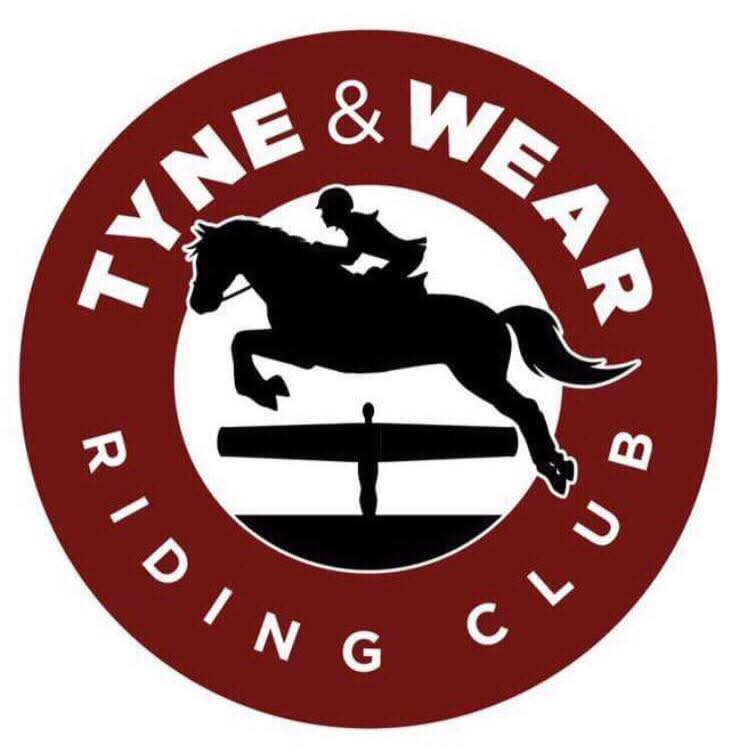Edenthorpe Equestrian Working Hunter Ridden and InHand Christmas Show
Sunday 28 December 2025
Entries close in 3 days

13 upcoming events
Next event:
30/12/2025 Arena Eventing with David Lannon*OPEN TO ALL*
Find out more ..

When marketers are tasked with promoting a horse racing event, particularly the major ones, it’s fairly clear that they lean upon history as one of the unique selling points. It comes through in the language of the marketing, with terms like “legends”, “historic”, “all-time”, and “greatest” often permeating through communications. Being able to use such emotive language is, of course, a gift to those promoting the events. It instils a sense of anticipation and FOMO in the listener.
Of course, it’s quite easy to build such narratives around events like the Kentucky Derby, Prix de l’Arc de Triomphe or Melbourne Cup, as they are events that are steeped in history. But in the last decade or so, there has been the creation of a host of new races, events like The Pegasus and The Everest, which have bigger purses than ever before. Their goal is to create something like the Super Bowl of horse racing. But have they been able to capture the imagination of racing fans? It is debatable.
To be fair, such events are able to create some level of excitement for the races due to the claim that they are pitting the best horses in the world against each other. The prize money, reaching millions of dollars, is the carrot that draws trainers and owners to the races. But fans? We can see by the viewing figures, stadium attendance and amount of horse racing betting that an event like The Everest, which is held in Australia, does not compare to the Melbourne Cup, even if the former has a much richer purse.
Perhaps more important is the fact that many of these events do not permeate the media beyond racing. Ask a typical British person with little interest in racing to name who was the latest winner of the Grand National, and there’s a fair shot they will be able to answer correctly. Ask them to name any winner of the Dubai World Cup – the world’s richest horse race – and they will likely draw a blank.
Indeed, one of the main criticisms of some of these super-rich races is that they cater for the super-rich, not the average racing fan. Each year, tens of thousands of fans will descend on Louisville for the Kentucky Derby, many of whom will not go to the stadium. They are there for the carnival, the music, culture and entertainment surrounding the festival. Leaving aside the cost of flights, could the average fan afford to go to the Meydan Racecourse in Dubai to rub shoulders with sheikhs and crown princes?

For balance, we should say that it is certainly possible that you can create a new race that resonates with the casual fan. In Australia, horse racing authorities launched an event called the All-Star Mile in 2019. It has a big purse, but what draws fans to the event is the fact that they can vote on the horses who will take part in it. It’s a novel idea, and it’s really caught the imagination of the public, attracting that non-professional crowd who seem left out of these other curated horse racing events.
However, the pertinent question is whether any of this matters? After all, who cares if rich businesspeople want to bankroll a racing event that doesn’t appeal to the average fan. Well, some would argue that it does matter. It’s a question facing all sports at the moment, ranging from NFL games being played abroad to soccer bosses’ wish to create a European Super League. Events like the Kentucky Derby have always been presented as the “people’s races” in the same manner as baseball is deemed “America’s pastime”. Not every new race is a soulless enterprise, but many of them embody the corporatisation of sport and the growing disconnect from the average fan.